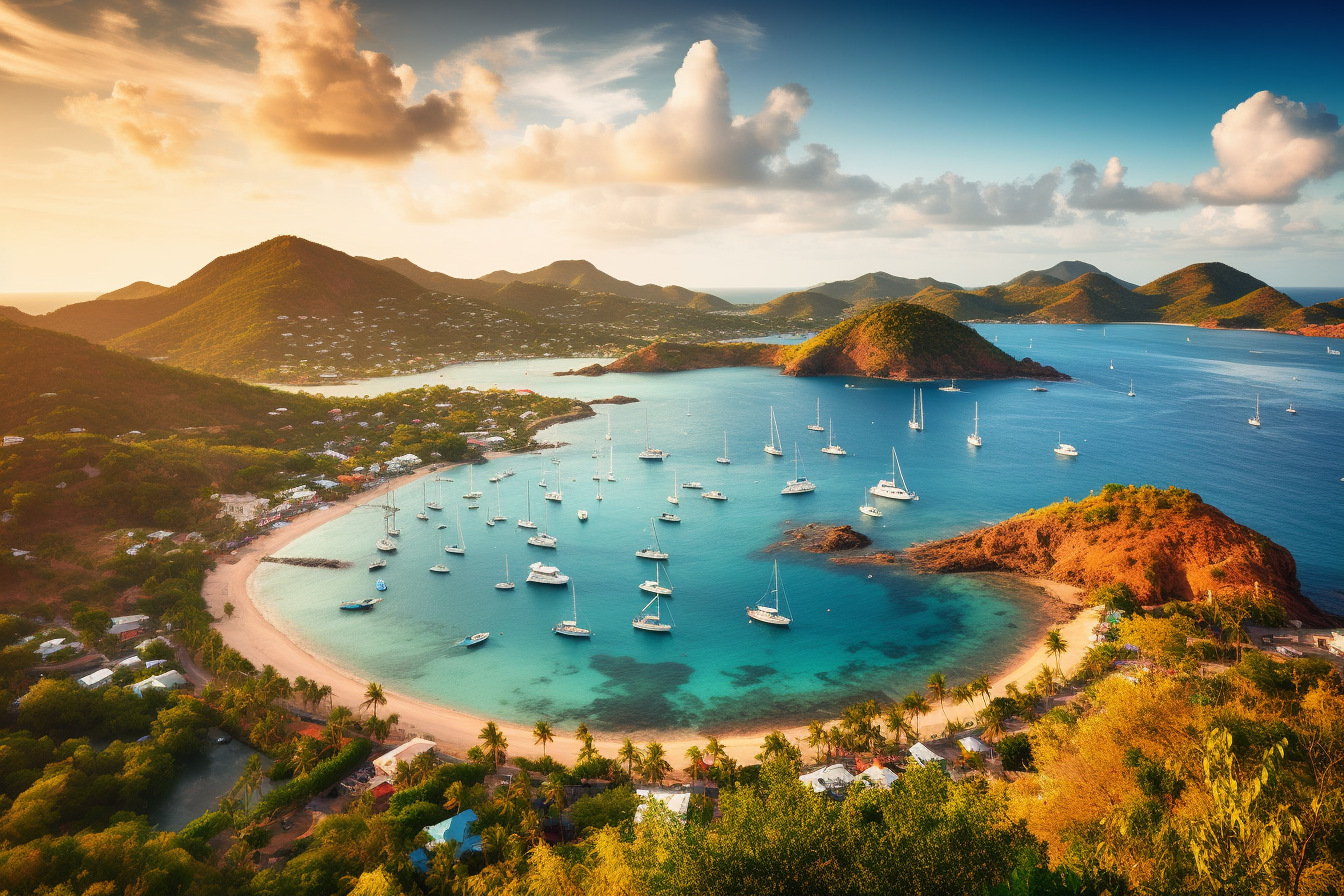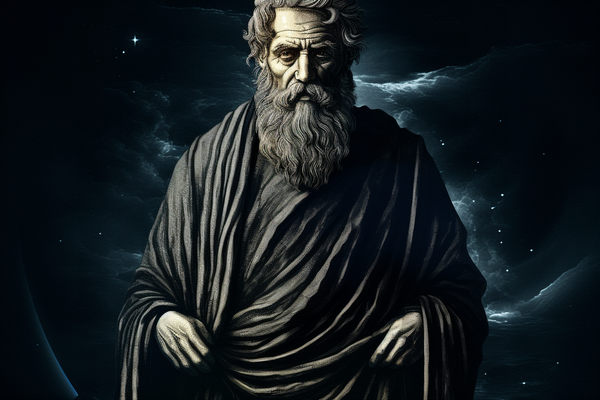A Timeline of Antigua and Barbuda
A broad timeline of Antiqua and Barbuda from 2400 BC to present day.

Age of the First Peoples (2400 BC - 1100 AD)
In the era of the first peoples, the Siboney or Ciboney established their presence on the islands of Antigua and Barbuda around 2400 BC. As an innovative people, they adapted to the island's environment, using its resources for survival. Around 1200 BC, the Arawak Indians replaced the Siboney. The Arawak were gifted agrarians and introduced a variety of crops including the Antigua black pineapple, corn, sweet potatoes, guavas, and cotton. They shaped the land, cultivating it to sustain their communities.
Age of the Caribs (1100 AD - 1493 AD)
The Caribs arrived in 1100 AD, bringing a new phase of leadership to the islands. Assertive and dynamic, they succeeded in establishing their presence by driving the Arawak to other islands. The Caribs held dominion over the islands, developing their own systems of governance and societal structures. Their time on the islands marked an era of cultural evolution and power.
Age of Discovery and Settlement (1493 AD - 1632 AD)
Christopher Columbus sighted the islands during his second voyage in 1493, marking the beginning of the Age of Discovery. Despite this, it took many years for successful European colonization to take place due to the Caribs' excellent defenses. It wasn't until 1632 that England succeeded in colonizing the islands, with Thomas Warner as the first governor. During this time, the people of Antigua and Barbuda began to navigate the complexities of European influence.
Age of Plantations and Slavery (1632 - 1834 AD)
This era was marked by the establishment of plantations and the introduction of slavery. Settlers raised tobacco, indigo, ginger, and sugarcane as cash crops. The first large sugar estate was established in Antigua in 1674, and Barbuda was leased to raise provisions for these plantations. Slavery was widespread until it was abolished in 1834. During this time, the people of Antigua and Barbuda showed resilience and strength in the face of harsh conditions and exploitation.
Age of Emancipation and Labor Struggles (1834 - 1951 AD)
After emancipation, the freed population continued to face significant economic and social challenges. Poor labor conditions persisted until 1939, when a member of a British Crown commission urged the formation of a trade union movement. The Antigua Trades and Labour Union, formed shortly afterward, became the political vehicle for Sir Vere Cornwall Bird, who became the union's president in 1943. Despite the difficulties, the people of Antigua and Barbuda strived for social and economic advancement.
Age of Political Transformation (1951 - Present)
The Antigua Labour Party (ALP), formed by Bird and other trade unionists, first ran candidates in the 1946 elections and became the majority party in 1951, marking a significant political shift. Despite being voted out of office in 1971, Bird and the ALP returned to power in 1976, demonstrating the resilience of their political movement. During this era, the people of Antigua and Barbuda have continued to navigate political transformations while developing a primarily service-based economy reliant on tourism





